Capacitor
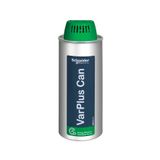
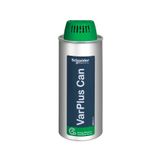

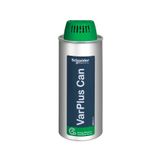
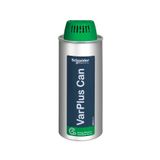
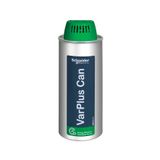
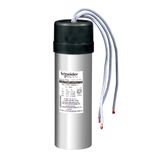


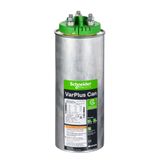
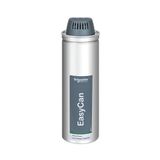





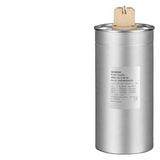
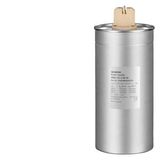
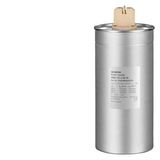
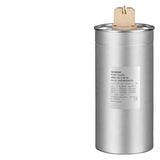
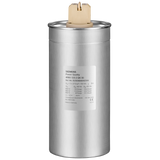
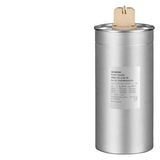

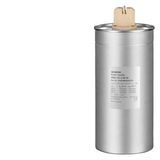
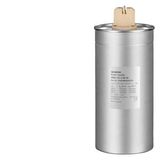

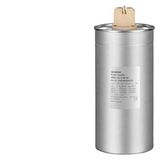
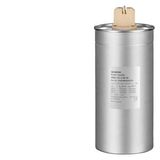
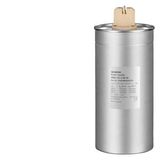
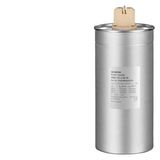




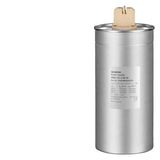
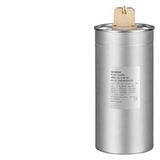
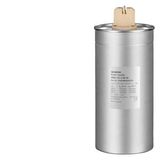

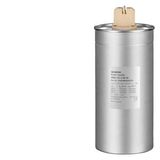
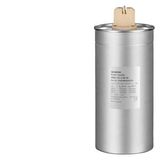
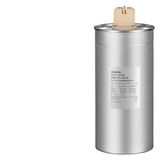

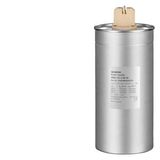
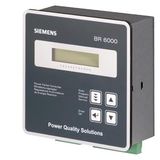
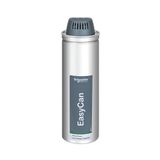
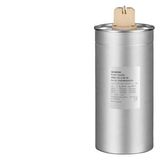
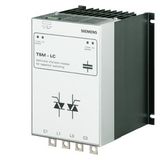













What is a capacitor and how does it work?
An electrical capacitor is like a passive electronic component. It consists of an anode and a cathode separated by a dielectric. The device accumulates an electrical charge and then releases it to the consumer. Charging power is characterized by the size of the electrode surface and the thickness of the dielectric insert. The value is measured in farads (F). The device charges when there is a small internal accumulation of energy and discharges when the internal potential exceeds that supplied.
This kind of micro-battery has found an application in electrical products: LED lamps. These operate when connected to a domestic electrical network. Because of their rapid charging and discharging, capacitors are installed in electric flashes, laser systems and gas pedals. The device is also used to start electric motors and equalize supply voltage.
How to choose the right capacitor for various devices
To select the right capacitor for electrical circuits, you need to pay attention to several key points to guarantee circuit reliability:
- capacitance must be selected according to the requirements of the electrical circuit;
- rated voltage is chosen taking into account the circuit's maximum indicator;
- temperature range takes into account temperature variations during operation;
- size and shape are designed for installation in limited space.
Capacitor price affects the overall cost of the electrical circuit. It's important to choose a product so that the price matches the quality and features required.
Buy capacitors from a European electrical wholesaler. The most popular microbatteries include the following product brands:
- Schwabe Capacitors 7mF 250V ;
- Schwabe Capacitors 8mF 250V ;
- Schwabe Capacitors 9mF 250V ;
- Siemens Power capacitor PHICAP MKP 440 V 4.2 kVAr ;
- Siemens Power Capacitor PHICAP MKP 230 V 0.8 kVAr.
Further information can be found on the dealer's web page.
Applications in electric motors and electronics
Modern industry is unthinkable without the use of this device. The capacitor is used extensively in the following areas:
- TV and radio control systems use oscillator circuits for their operation.
- Radars use them to create pulses.
- In electronic communications, they are used to balance equipment cables.
- In laboratory measuring equipment, they are used to obtain the right research results.
A starting capacitor primes electric motors in the coal, metallurgy and manufacturing industries.
Installation and testing guide
A properly executed capacitor installation process guarantees uninterrupted micro-battery operation:
- Install the device to supply electrical circuits. The device supplies a pulsed current when switching the internal transistors.
- Take into account the maximum parameters of the circuit components. It is not recommended to exceed the maximum permissible values.
- Protection against static voltage is also a prerequisite for device installation.
- Incorrect device selection can lead to overheating, overvoltage and failure.
When installing two similar devices, we recommend maintaining a distance of 20 mm between them.
Buying a capacitor on sale can lead to a problem. Therefore, when you arrive home, you should check it. The most common electronic tool for testing a capacitor is a multimeter. The procedure is as follows:
- the legs of the polar device are short-circuited with any metal unit;
- a passing spark is a sign of discharge;
- connect the PLUS (+) of the device to the PLUS (+) of the micro-battery, the MINUS (-) to the MINUS (-);
- define the process required: continuous or alternating;
- the presence of a short-circuit pushes the multimeter needle to 0, a pause - 1.
When index 1 is set slowly, the capacitor is considered technically sound.
Solving common problems
Here's how to solve the most common problems:
- electrolyte leakage: replace the element;
- drying out, ageing : replace ;
- overheating: improve ventilation;
- self-discharge: check contacts.
If the capacitor is swollen or cracked, the micro-battery must also be replaced.




